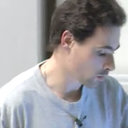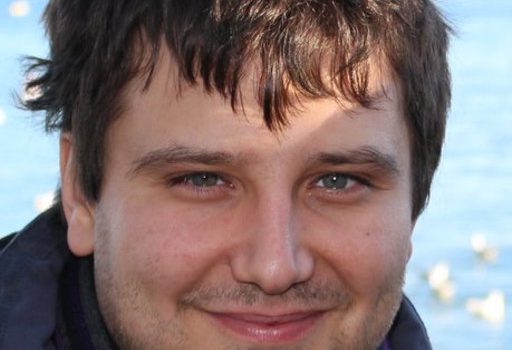
Passive RADAR measurement using DVB-T receivers and Software Defined Radio processing
Jean-Michel Friedt (Université de Besançon, FEMTO-ST lab)
Abstract
We demonstrate the use of affordable DVB-T receivers used as general purpose software defined radio interfaces for collecting signals from a non-cooperative reference emitter on the one hand, and signals reflected from non-cooperative targets on the other hand, to map the range and velocity in a passive radar application. Issues include frequency and time synchronization of the DVB-T receivers, mitigated by appropriate digital signal processing relying heavily on cross-correlations.
Passive radar uses existing non-cooperative emitters as signal sources for mapping non-cooperative target range and possibly velocity. The attractive features of this strategy is the lack of dedicated broadband source for RADAR application, low cost from the use of existing emitters, and stealth since the operator is undetectable. This measurement technique has become accessible to the amateur with the availability of low cost receivers ideally suited for software defined radio processing. In the framework of passive radar applications, two receivers must be synchronized to record simultaneously the reference channel and the signal reflected by the targets: cross correlation will then finely identify the reference signal delay in the measurement signal and allow for target identification. In the case of moving targets, a brute force approach similar to Doppler compensation in GPS acquisition is applied for the cross correlation to coherently accumulate energy: the range-Doppler maps hint at the distance to the target and its velocity. Most interestingly, in the latter context, clutter (signals reflected from static targets) is separated from the moving target which becomes well visible even in a complex environment. In this presentation, we discuss the details of real time acquisition and signal post-processing for passive radar application, while addressing some of the challenges of diverting DVB-T receivers from their original application. While passive radar has been demonstrated with FM broadcast emitters, analog television emitters, or wifi, we shall here consider the broadband signal provided by digital terrestrial television broadcast signal.
Webpage


